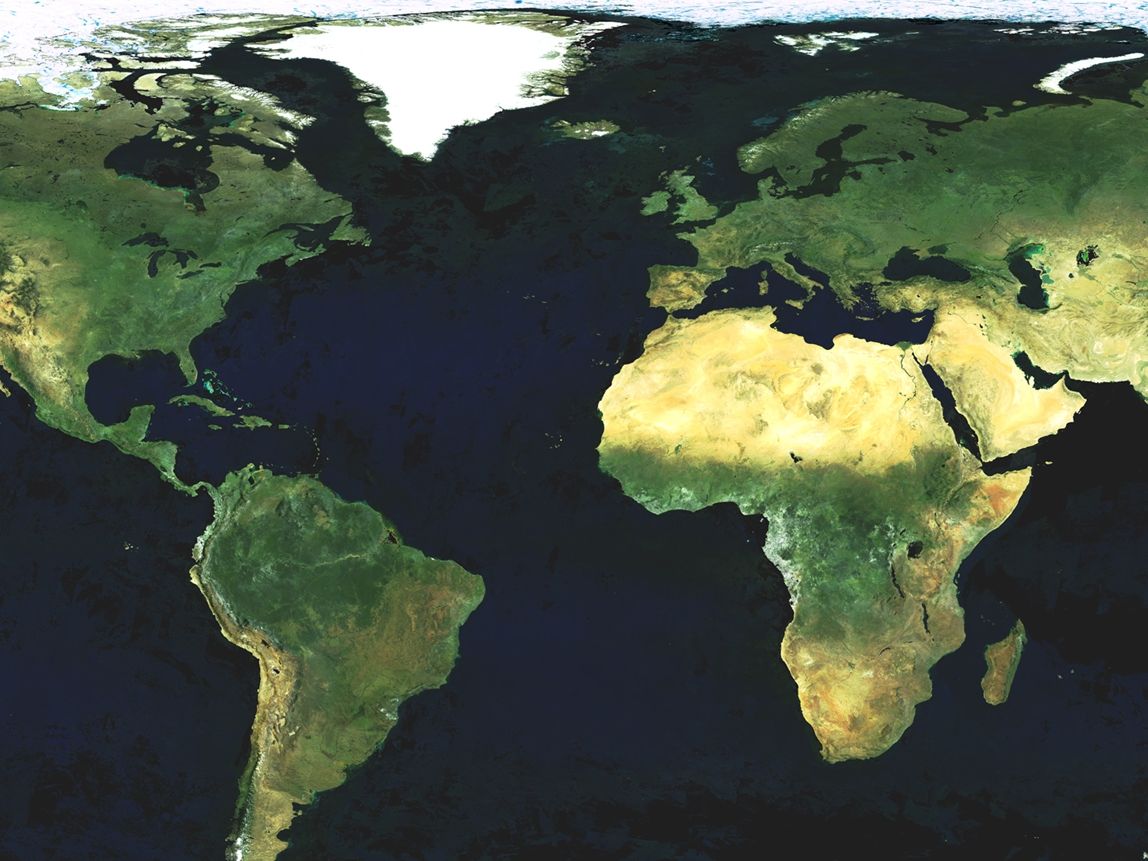

However, Google and its image providers do have the ability to rapidly integrate new images into the program. The images are acquired by satellites, processed by commercial image providers or government agencies, and then updated to the Google Earth image database in batches. Large cities generally have more recent and higher resolution images than sparsely inhabited areas.Ī misconception exists among some people that the images displayed in the Google Earth program are live-updated directly from satellites. Most of the images in Google Earth were acquired within the past three years, and Google is continuously updating the image set for different parts of the Earth. Explore street maps and satellite photos with technology provided by Google Maps & Street View. However, only few people know it can show satellite view photographs just like Google Earth. Hope you enjoy! Recent Images, Updated Regularly Google Maps is widely known for its ability for navigation. We are simply enthusiastic users of the Google Earth product. We frequently use Google Earth for research, learning, and fun! We receive no compensation from Google for recommending their service.
#Google maps satellite software#
OneWeb is one of several companies building a next-generation constellation of hundreds of satellites for high speed internet.The button above takes you to the Google website where you can download Google Earth software for free. "Primarily OneWeb, because OneWeb is a project Airbus is heavily involved with because they need the data," Etaix said. "We can connect with Airbus but we don't really force the marriage with Airbus," Etaix said.Įtaix added that LeoLabs is already working with the broader Airbus, due to the "number of businesses" that could benefit from this technology, he said. Etaix explained that Airbus Ventures is not structured "like other aerospace VC funds," saying that the firm "is quite independent from Airbus." "They can write applications that will be worth millions and millions of dollars to the insurance industry."Īirbus Ventures had contributed to the $4 million LeoLabs raised in the last two years but in this latest round stepped up as co-lead with WERU, a Japanese firm. "If you have a big data set then we use that as an example of what developing future applications for space is going to look like," DeClerck said. With thousands of satellites set to launch, LeoLabs sees the insurance business as a potential boon – especially given the existing risks. "15,000 new satellites are being slated to go into low Earth orbit over the next three to five years." "We specifically got into the business now because now is when the wave of developments are happening," Ceperley said. LeoLabs sees three potential customer groups in the space industry: Satellite companies (which, shortly after a launch, want to know where a satellite is and whether it is healthy), public agencies (especially on the licensing and regulatory side of the public sector which are trying to avoid increase risk to assets in space) and insurers (which underwrite launches and satellite operations in space). "The real currency of what we're able to do with the radar is frequency of observations." "It's our mission to be a global platform," says LeoLabs vice president of business development Alan DeClerck. AGI estimates the current public catalogs only account for about 4 percent of the objects in space around the Earth. military is tracking about 23,000 objects in space around the Earth, according to AGI, a company which provides software to commercial and government entities to analyze and track objects. LeoLabs estimates there are about 250,000 pieces of debris orbiting the Earth that are both not tracked and potentially disastrous if they collide with a satellite.

"You're looking at the first company trying to accomplish a Google Maps around the Earth," Airbus Ventures partner Julien Etaix told CNBC.

"Starting next year," Ceperley said, these phased-array radar ground systems "will be providing the information that makes tracking that debris possible." The cash means LeoLabs will begin building next-generation ground systems overseas, adding to the two it has in Midland, Texas and Fairbanks, Alaska. LeoLabs' most recent round of funding raised $13 million, with Airbus Ventures and WERU Investment leading the round, joined by Space Angels and Horizons Ventures. "Ninety-five percent of the risk of being hit by a piece of debris is not being tracked," CEO Dan Ceperley told CNBC.


 0 kommentar(er)
0 kommentar(er)
